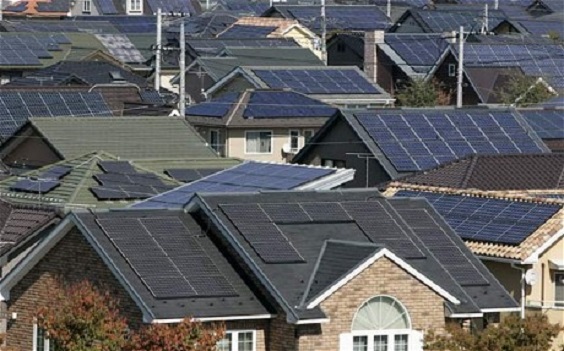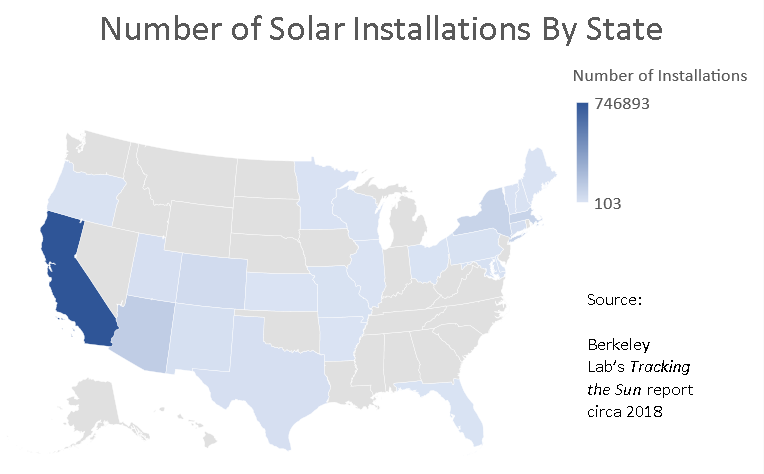The Black Ink Team's Guide To How Solar Panels Work
by Black Ink Team
Solar power was first discovered in 1873 by Willoughby Smith, and the first solar cells were invented in 1883 by Charles Fritts. However, these scientists were using selenium; silicon is the base component of solar cells that are used today. The first silicon-based solar cells were created by Daryl Chapin, Calvin Fuller, and Gerald Pearson at Bell Labs in 1954.

Without the Sun, generating solar power would be impossible. The Sun, a yellow dwarf star in astronomical terms, deposits 1,368 watts per square meter onto the surface of the Earth. The composition and placement of solar cells affects their efficiency. Also, weather has an effect. In 2014, a world record was set for the most efficient solar cell by the companies Soitec, CEA-Leti (France), and Fraunhofer ISE (Germany). They achieved 46%. On average commercial solar cells produce around 15-17%.

Land availability for solar power installations is limited, naturally, but there are ways that it can be maximized. Placing solar panels on top or on the side of buildings is one way to increase land availability. Equipping solar power installations with ‘trackers’ (platforms that tilt solar panels in coordination with the position of the Sun in the sky) increase the overall efficiency of the site. Some theorize that one day soon roads and vehicles will have embedded solar panels in them.
Solar cells generate electricity by absorbing sunlight which ‘excites’ (increases the electrical potential of) atoms within their silicon layers. The excited atoms release electrons that migrate to metallic plates adjacent to the silicon, and then travel through wires to the inverter. A solar inverter is a device connected to every solar panel which converts the power being generated by the panel (DC) into power that ordinary household appliances can use (AC). Solar panels consist of many interlinked solar (also called ‘photovoltaic’) cells.
Sometimes there is an imbalance between the amount of power being generated by a solar power installation and the amount of power being used by its owner. In cases of a positive imbalance (when more power than is needed is being produced) the excess power gets diverted to the grid and the owner gets awarded credits by the energy company that their installation benefits. Or, it gets diverted into batteries to be used by the owner later, for example after dusk. In cases of a negative imbalance, the owner must use power stored in their batteries, rely on the grid, or deploy another power generator.
